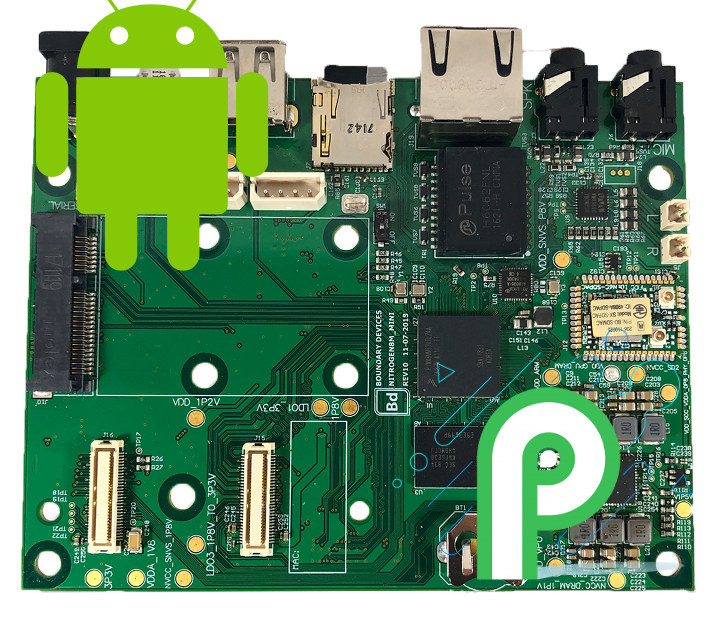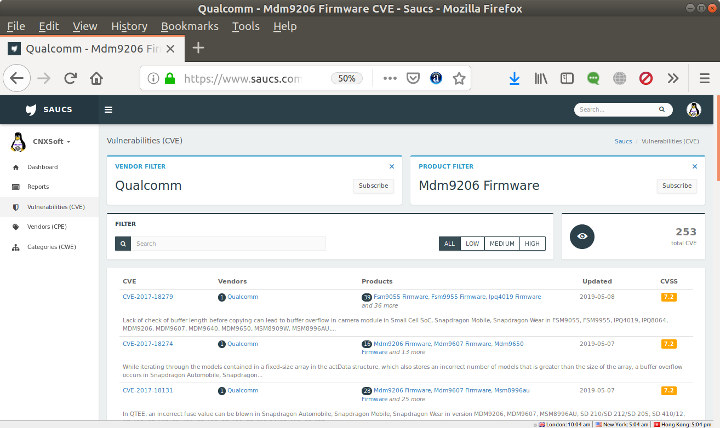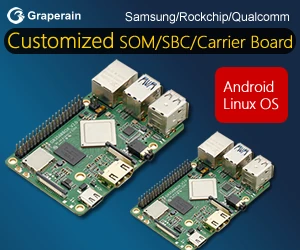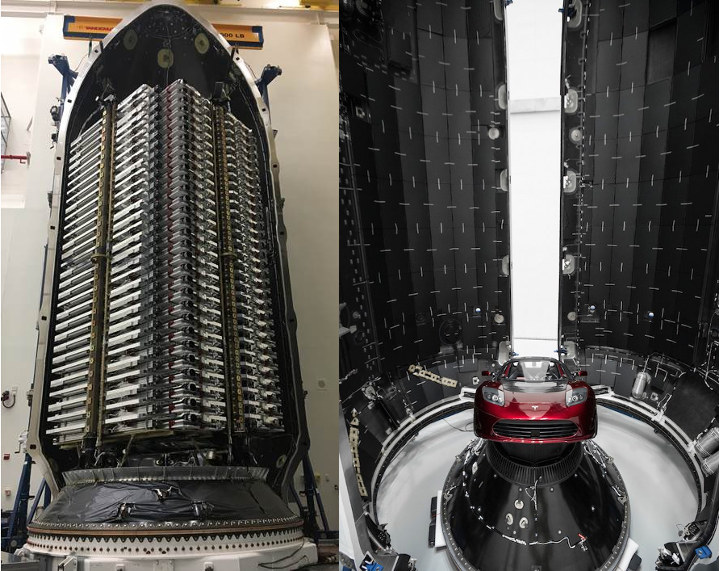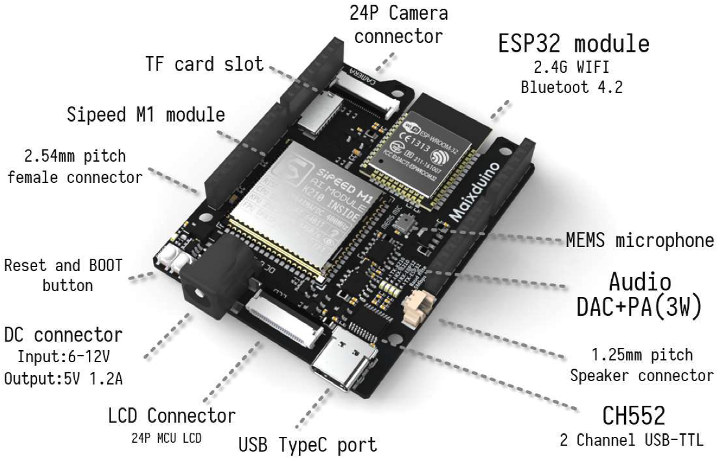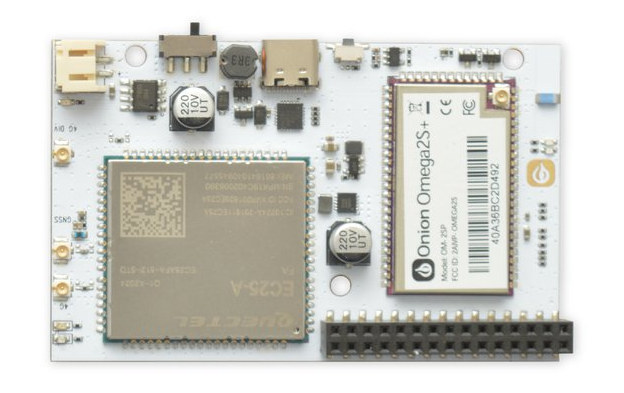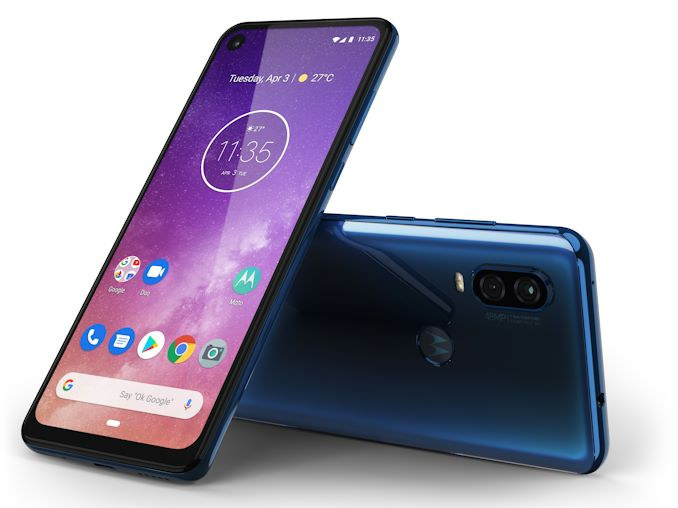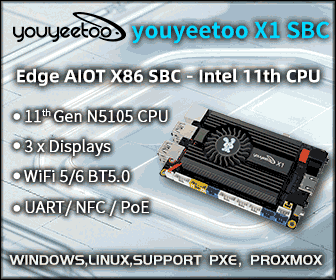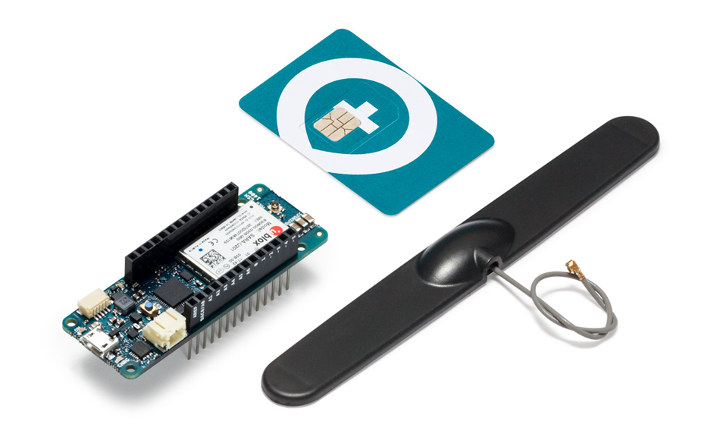Beside Debian 9.5, Ubuntu 18.04, the Yocto Project, and Buildroot Linux, NXP i.MX 8M Mini processors also supported Android 8.1 Oreo. But Boundary Devices has just announced their Nitrogen8M_Mini single board computers is now getting support for Android 9.0 Pie operating system. The company worked with Kynetics to release an Android 9.0 evaluation image for the i.MX8M Mini boards based on Linux 4.14.x kernel. You can also get the source code to build it from scratch for your board:
|
1 2 3 4 |
mkdir myandroid cd myandroid repo init -u git://github.com/boundarydevices/android-manifest.git -b boundary-imx-p9.0.0_1.0.0-ga repo sync |
You’ll also need NXP vendor package, which you can install as follows:
|
1 2 3 4 5 6 |
tar xvzf imx-p9.0.0_1.0.0-ga.tar.gz cp -r imx-p9.0.0_1.0.0-ga/vendor/nxp/ vendor/ cp -r imx-p9.0.0_1.0.0-ga/EULA.txt . cp -r imx-p9.0.0_1.0.0-ga/SCP* . rm -rf imx-p9.0.0_1.0.0-ga/ rm imx-p9.0.0_1.0.0-ga.tar.gz |
The last step is to build the code:
|
1 2 3 |
source build/envsetup.sh lunch nitrogen8mm-userdebug make 2>&1 | tee build.out |
You can find more details, including instructions to flash the image in the getting started guide. The image and source code are only suitable for evaluation, and you’d have to work yourself to get a production-ready version with security patches, field upgrade, and performance improvements, or ask Boundary […]


